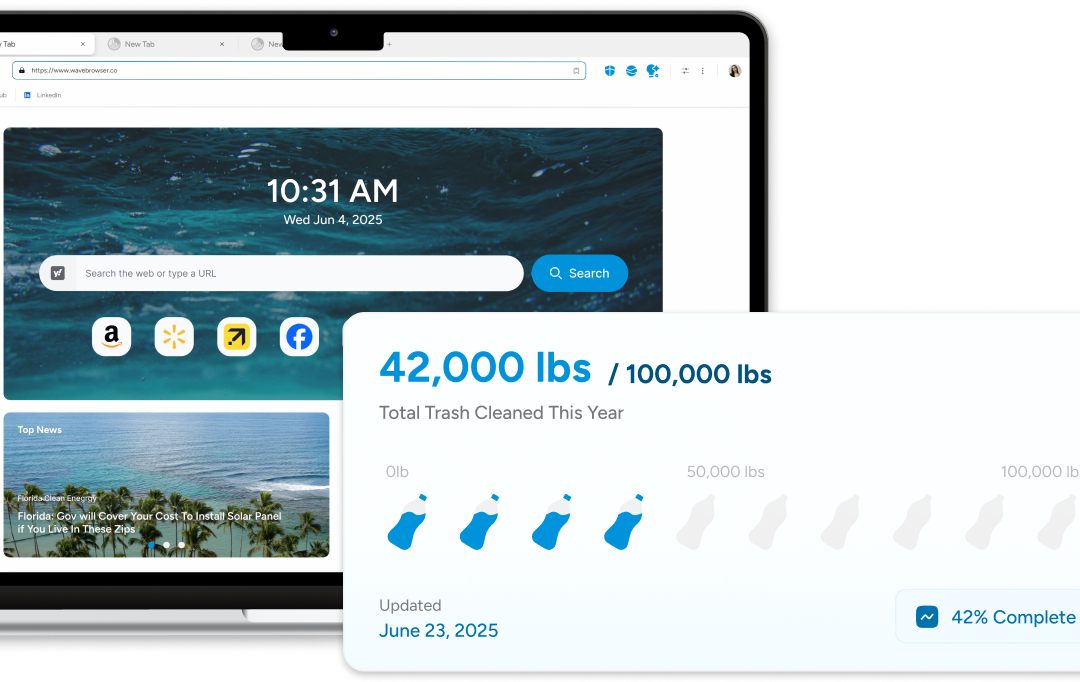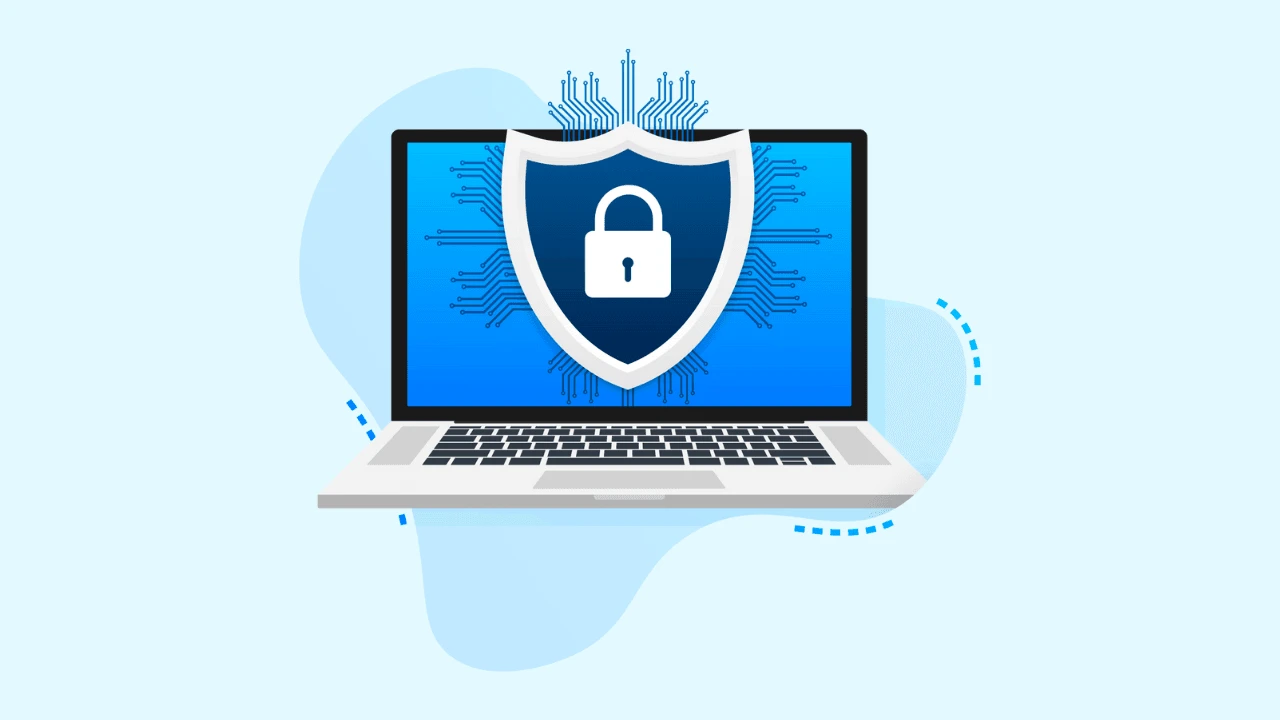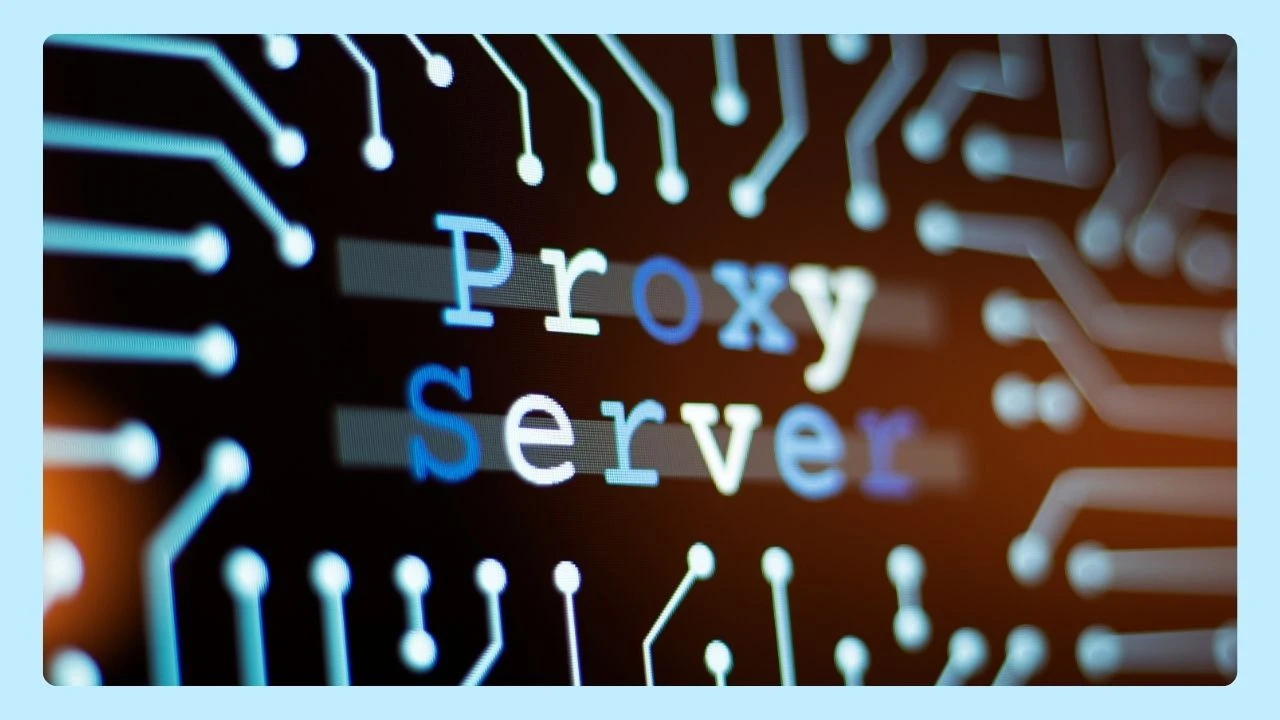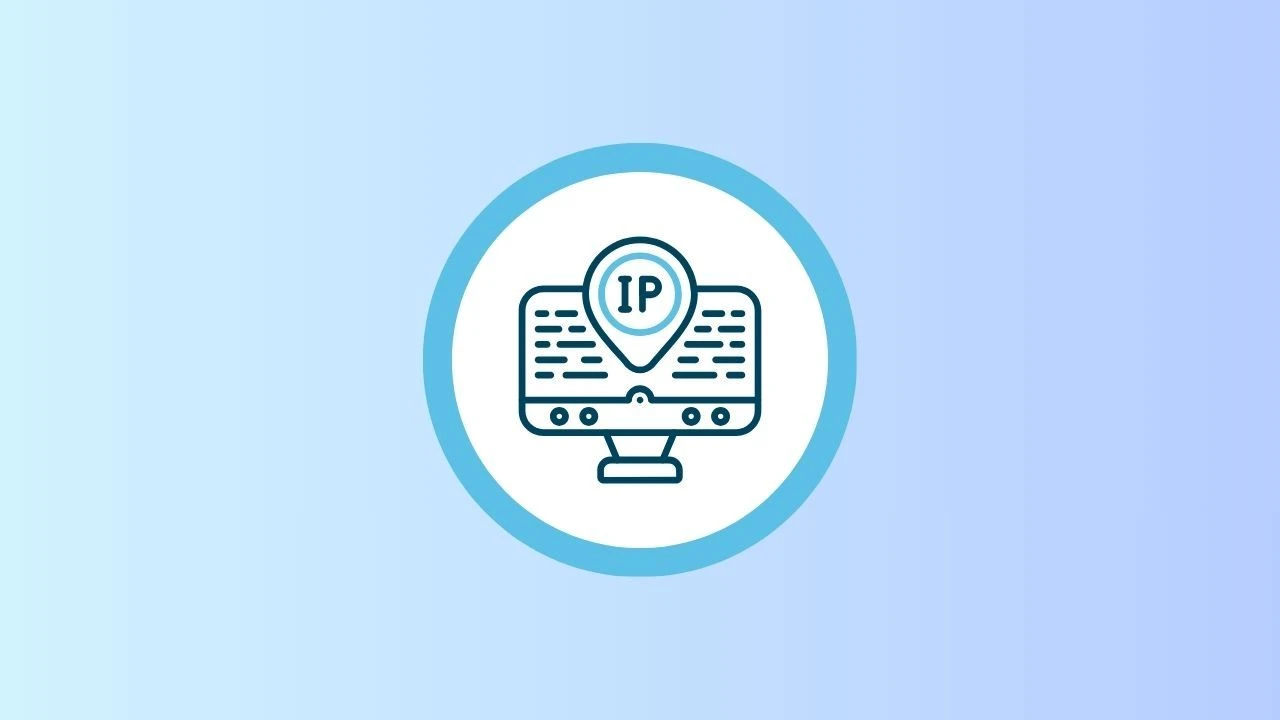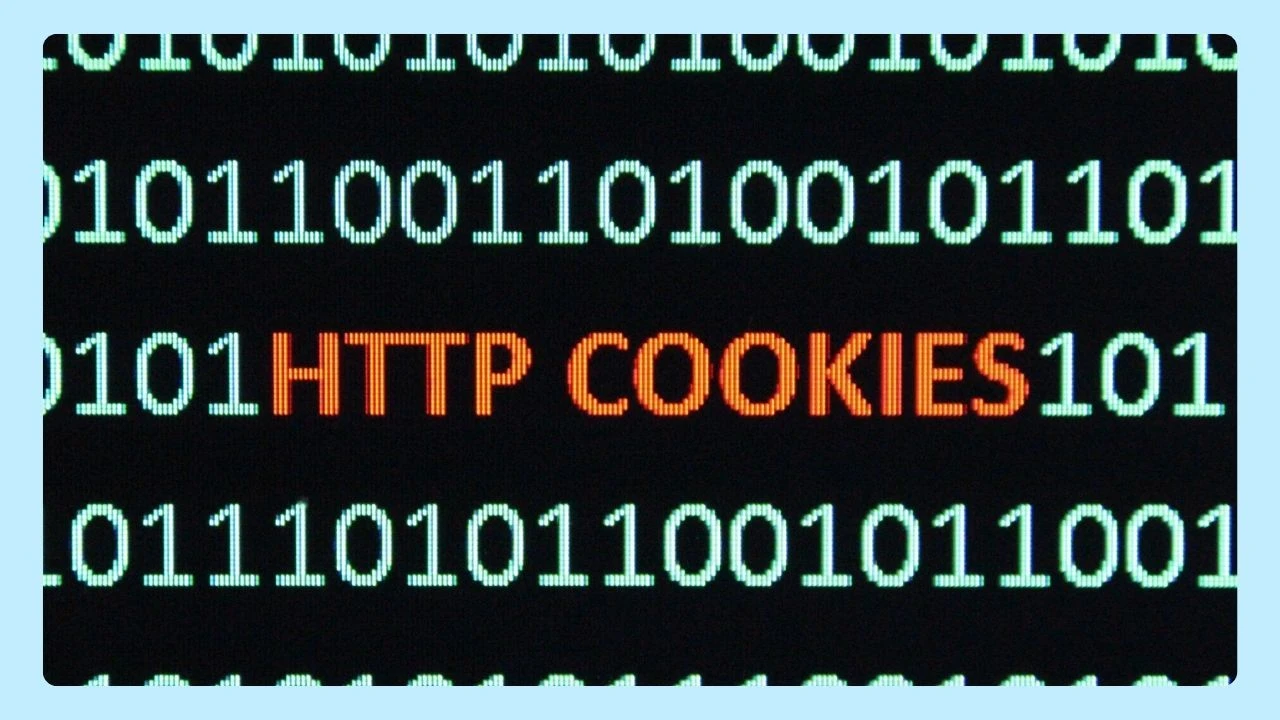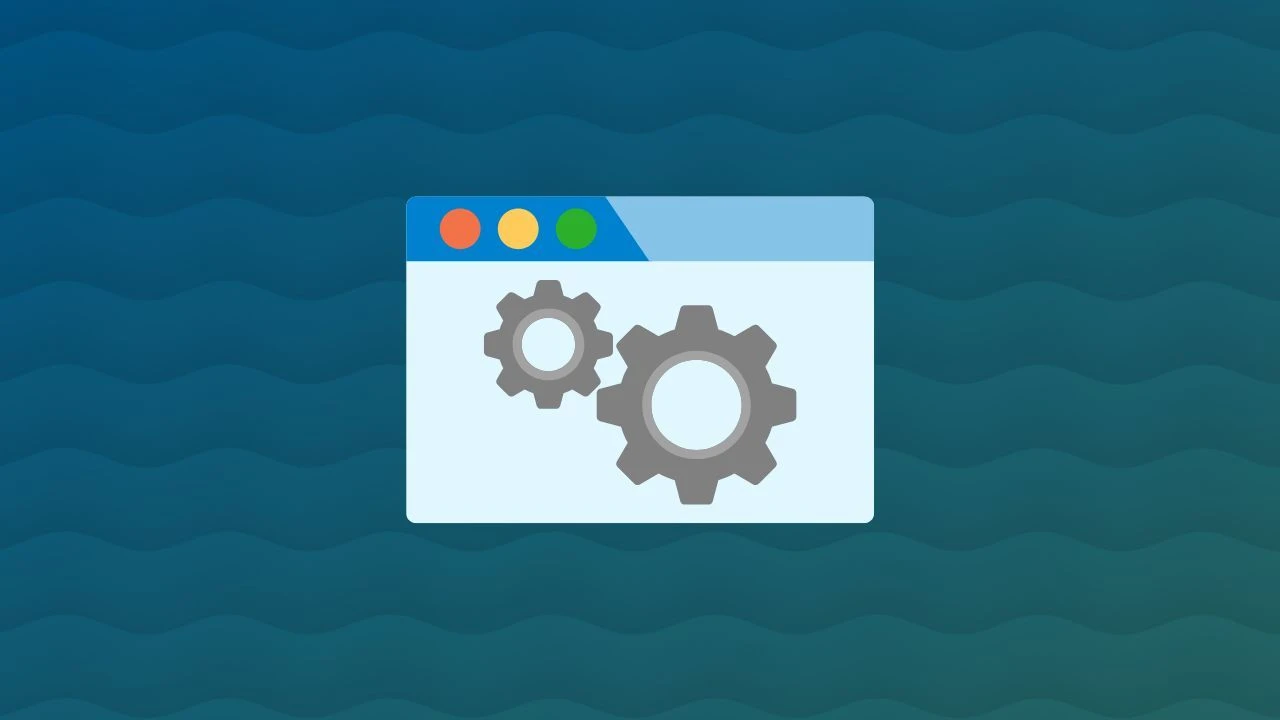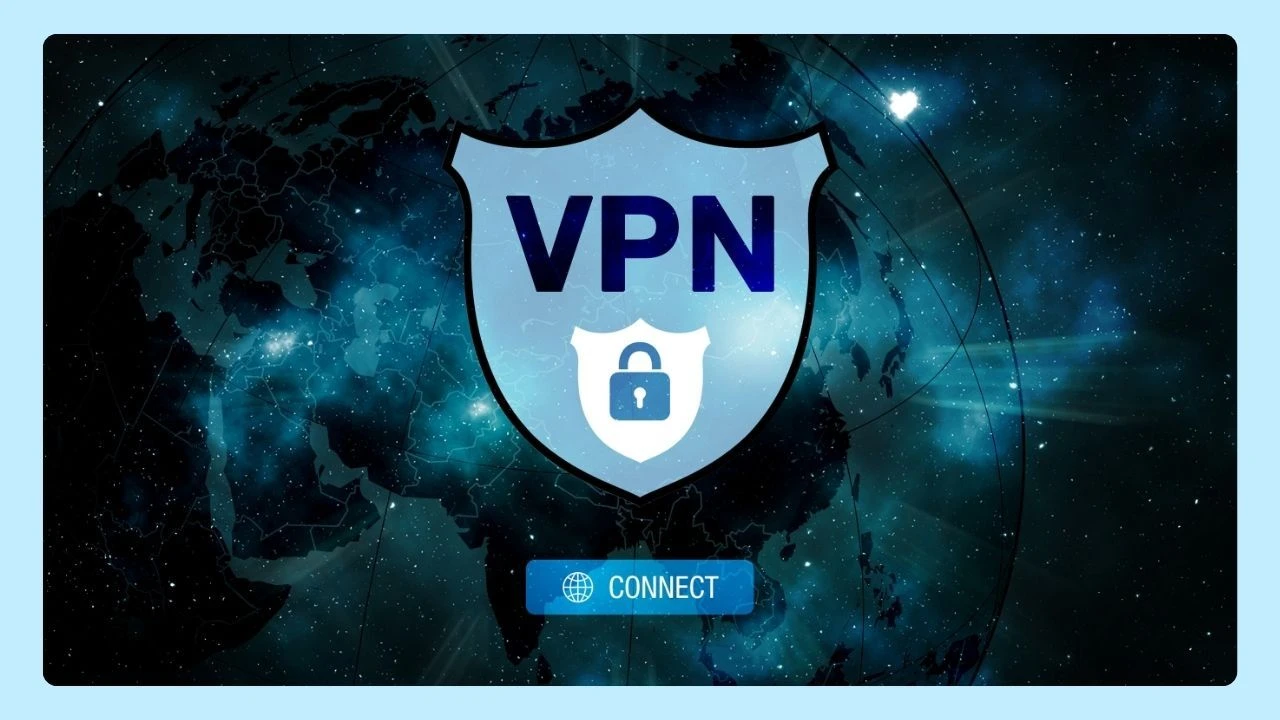
More people than ever want their everyday choices to reflect their values—especially when it comes to protecting the planet. Green marketing taps into that shift by encouraging habits and tools that support sustainable initiatives, showing how small actions can lead to real change.
Wave Browser is a great example—designed for people who want to make a difference without complicating their lives. By choosing a browser that embraces sustainability, you're turning an everyday habits into a meaningful way to support the planet.
Let’s explore how aligning your digital life with sustainable values can help build a cleaner, more conscious future for everyone.
What is Green Marketing?
The concept of green marketing centers on promoting the environmental benefits of a product or service.
Put simply, it’s a marketing approach rooted in sustainability—designed to highlight a brand’s commitment to protecting the planet. As more companies work to reduce their environmental impact, they also aim to connect with eco-conscious consumers who value responsible business practices.
What Are The 5 Principles Of Green Marketing?
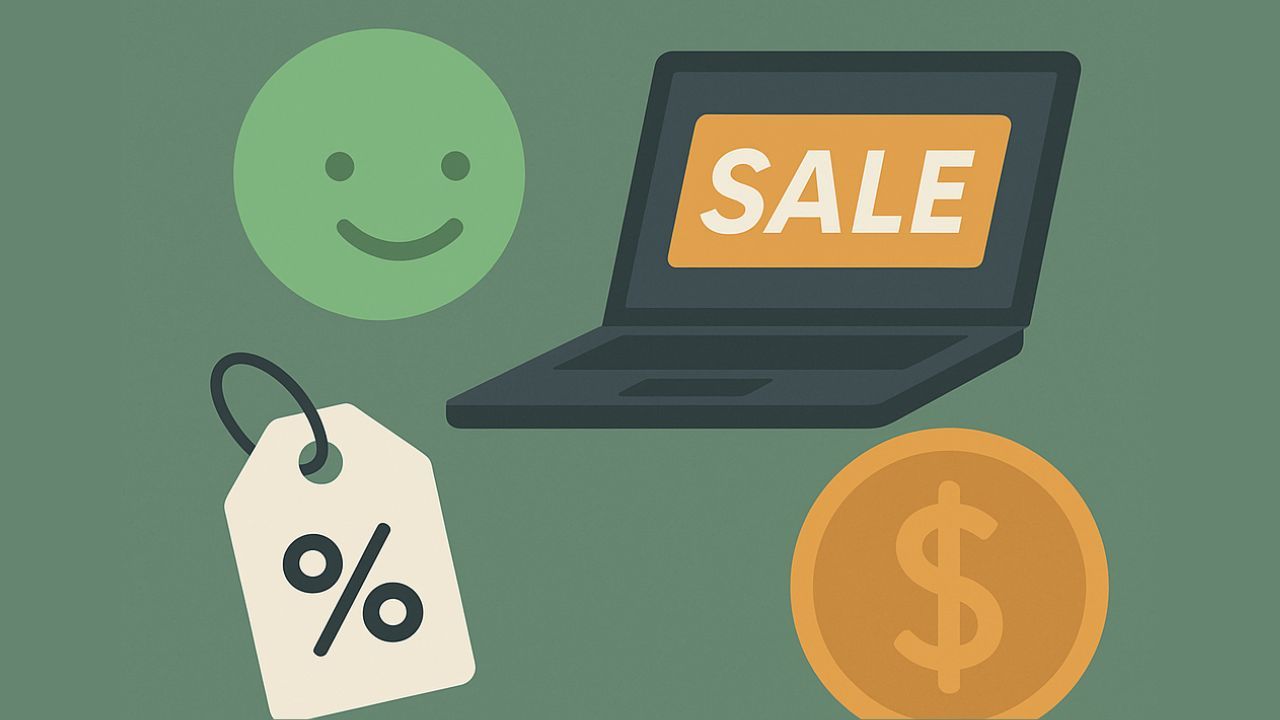
At its heart, green marketing is about being genuinely committed to the planet—not just talking about change, but living it. It’s about choosing actions that reduce harm and reflect a deeper respect for the environment. For people who want their everyday habits to match their values, this approach offers a way to make real impact through conscious choices.
Let’s explore five key principles that bring green marketing to life—and show how it can help build a better future for the Earth and everyone on it.
1. Sustainability-Focused Product Development
Eco-friendly companies are making smarter choices from the start—using renewable materials, cutting down on waste, and creating products that are better for the planet from beginning to end.
When you choose items made with the Earth in mind, you’re supporting lower carbon emissions and helping protect natural resources in real, meaningful ways.
These choices matter. More and more people are paying attention and picking brands that show they care—not just in words, but in action. Every small decision adds up to something bigger.
2. Transparent and Honest Messaging
Green marketing starts with honesty. You deserve to know that the products you buy actually match the environmental values you care about. That means avoiding greenwashing—no vague claims, no “eco” labels without proof—just real, meaningful action.
Look for brands that back up their promises with facts, third-party certifications, and clear examples of what they’re doing. The Federal Trade Commission even has guidelines to help keep things honest.
When companies are transparent and show real progress, it builds trust—and helps turn sustainability into something more than a trend. It becomes a movement you can believe in.
3. Responsible Supply Chain Practices
Sustainability isn’t just about what you buy—it’s about how that product got to you. More eco-conscious brands are rethinking how things are made and shipped, using ethically sourced materials, reducing emissions, and cutting back on waste with smarter packaging.
One big change? Green packaging. You’re starting to see more items wrapped in renewable or compostable materials instead of plastic—so you can make better choices without giving up quality or convenience.
When brands put care into every step, it adds up to something bigger: less pollution, fewer carbon emissions, and a future that’s cleaner for everyone. Every mindful choice matters—and it starts with what’s in your hands.
4. Customer Education and Engagement
Eco-friendly choices mean more when you actually see the impact. That’s why simple tips, real stories, and honest info matter—they help you feel connected to something bigger, like cleaner oceans and a healthier planet.
With Wave Browser, doing your part is effortless. Just by opening tabs like you normally do, you’re helping fund real ocean cleanup—no extra steps needed.
When you feel empowered and informed, it’s easier to make better choices every day. And those small changes? They inspire others too, creating a ripple effect that goes way beyond your screen.
5. Long-Term Commitment to Sustainability
Green marketing isn’t just a trend—it’s a real commitment to protecting the planet. It’s about brands making choices that show they care, not just once, but all the time.
Real change happens through real action—like using sustainable materials, reducing waste, and thinking about how every step affects the Earth.
When you support brands that live these values, you’re not just buying a product—you’re part of something bigger. It’s a reminder that everyday habits, like what you buy or how you browse, can help shape a cleaner, better future for everyone.
Why Green Marketing Matters for Businesses and Consumers

Green marketing initiatives creates space for people to choose better—for themselves and for the planet. It highlights products and practices that are rooted in sustainability, making it easier for individuals to support what they believe in through everyday decisions.
For conscious consumers:
- Makes it easier to choose products and tools that align with their values
- Encourages everyday actions that support environmental impact
- Reflects a lifestyle rooted in responsibility and awareness
- Creates a sense of participation in something bigger than just a purchase
For eco-minded brands:
- Builds genuine trust by aligning messaging with meaningful action
- Shows a clear commitment to sustainability beyond surface-level claims
- Offers a way to stand out by making a real, measurable difference
- Fosters deeper connection with an audience that values impact over hype
In a world where sustainability matters more than ever, these efforts connect people to something meaningful. They remind us that even small choices—like what we buy or how we browse—can help shape a more thoughtful, responsible future.
Environmental and Social Benefits
Green marketing is about sharing the real difference your choices can make for the planet. It highlights the everyday impact of sustainable practices—like reducing carbon emissions, cutting down on waste, and helping fight ocean pollution, including the growing crisis of garbage in the ocean.
These efforts protect ecosystems and support cleaner, healthier habitats for people, wildlife, and future generations.
It’s also about social responsibility. Many eco-conscious brands work with communities to promote recycling, energy-saving habits, and greater awareness of how our actions affect the environment—especially our oceans.
Long-term sustainability isn’t just a goal—it’s a movement. By shining a light on urgent issues like climate change, plastic pollution, and marine debris, green marketing practices helps inspire more people to take action and protect the planet, one small choice at a time.
Economic Advantages and Market Opportunities
Going green isn’t just good for the planet—it’s good for all of us. Choosing products made with renewable materials, eco-friendly tech, and low-impact solutions helps cut down on waste, lower emissions, and reduce pollution—especially the kind that ends up in our oceans.
Every time you support a sustainable brand, you’re turning everyday habits into real action. It’s a way to live your values and support a healthier planet.
More people are choosing eco-conscious options, and that’s changing the game. Outdated, high-impact practices are being replaced by smarter, more thoughtful alternatives. It’s proof that when you choose with care, you're helping build a future where progress and the planet move forward together.
Green Marketing Strategies for Modern Brands
People aren’t just buying products anymore—they’re looking at what brands stand for. More than ever, shoppers want to support companies that take real action for the planet, not just make promises.
That’s why sustainability is showing up in everyday choices—like picking items with recyclable packaging or avoiding plastic when possible.
Thanks to growing awareness and support for efforts like 4ocean, more individuals are stepping up to help clean our coastlines and protect marine life. It’s a reminder that even small actions can lead to big impact—one choice at a time.
Leveraging Digital Channels for Green Campaigns
The digital world makes it easier than ever to share what matters—and that includes protecting the planet. Social media gives us a space to talk about sustainability, learn from others, and connect with people who care about making a difference.
When brands share their eco-friendly actions online, it’s not just about products—it’s about inspiring real change. Whether it’s through powerful stories or climate-conscious hashtags, they’re helping raise awareness and invite more people to take part.
It’s a good reminder: every post, share, and scroll can help build a cleaner, more connected future.
Examples of Green Marketing Success

There are many examples of green marketing making a real difference—where brands have embraced sustainable initiatives to spark positive change and inspire people around the world to live more consciously.
Patagonia’s Commitment to Sustainability
Patagonia puts a lot of focus on its environmental efforts. The company uses renewable energy sources when making its products and also tells others to follow responsible practices in what they do.
The Body Shop’s Ethical Sourcing Initiatives
The Body Shop leads the way in using sustainable production methods. They get materials in a responsible way and offer environmentally friendly products.
Through bold campaigns and community partnerships, they show that marketing can protect nature and uplift people. It’s a powerful example of how values and impact go hand in hand. The company follows sustainable development goals to make sure their work protects nature and helps people in the community.
By taking on these eco-driven actions, The Body Shop shows the world how to do marketing with a purpose. Their work sets new standards for friendly products and positive change.
Overcoming Challenges in Green Marketing
Tackling greenwashing is a big part of making sustainability meaningful. People today are more aware—and they want the truth. Gaining trust means being honest, not making vague or false claims just to sound eco-friendly.
When brands are open and transparent, it shows they’re serious about doing good for the planet. That kind of honesty builds real trust—and keeps people coming back because they believe in what the brand stands for.
Measuring the Impact of Green Marketing
It’s one thing for a brand to say they’re sustainable—but it means more when they can prove it. Tracking things like carbon footprint and sharing honest, easy-to-understand reports shows they’re truly committed to making a difference.
When companies measure their impact and share real progress, it helps you see what’s actually working. No buzzwords—just clear, honest results that reflect real change for the planet.
Frequently Asked Questions

What is the difference between green marketing and traditional marketing?
Green marketing focuses on sharing a product’s story through the lens of environmental responsibility. It highlights how every step—from sourcing to production—is done with care for the planet.
Unlike traditional marketing, which centers on features and sales, green marketing speaks to values, showing that what we buy can reflect our commitment to the Earth.
Does green marketing really influence consumer behavior?
Green marketing reshapes brand image by aligning it with values of environmental responsibility. When a brand actively supports the planet, it builds a reputation rooted in purpose—and that’s what truly connects with conscious consumers.
Running campaigns that highlight efforts to cut carbon emissions and support the earth are also powerful moves. These actions serve as real examples of sustainability that show customers the brand’s commitment to long-term environmental responsibility.
What are common examples of greenwashing?
Examples of greenwashing include exaggerated environmental claims, use wrong eco-labels, or make big, false promises in their product categories. These issues often arise when companies don’t consider the right approach for different regions or audiences.
The FTC cautions that misleading or dishonest messaging can lead to real consequences—not just legal, but a loss of trust that’s hard to rebuild. In green marketing, honesty and context matter.
How do I know if a company’s green claims are genuine?
To know if a company’s green claims are genuine, look for certifications from trusted third-party organizations. Transparency is key—check if the company clearly shares its practices, lists what’s in its products, and offers environmental reports that stay consistent across regions.
Brands that truly care about the planet back up their words with action. They provide real proof so people can see their commitment to doing better for the Earth.


